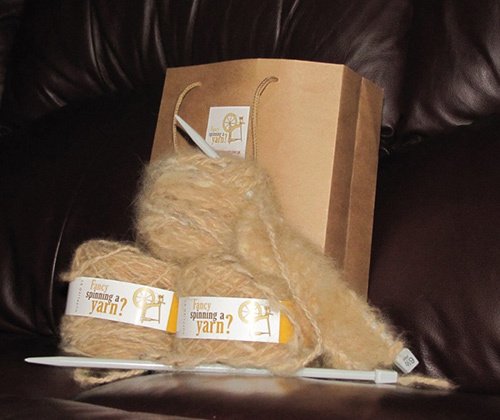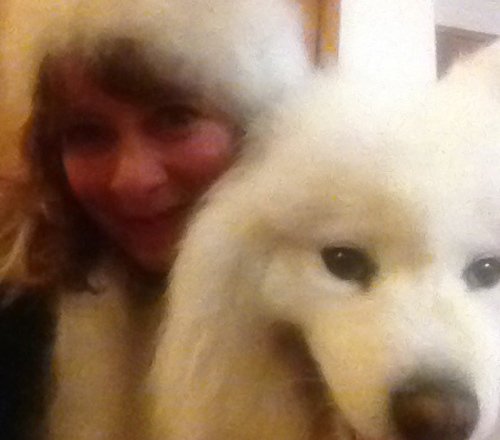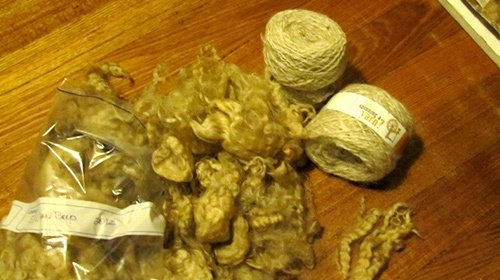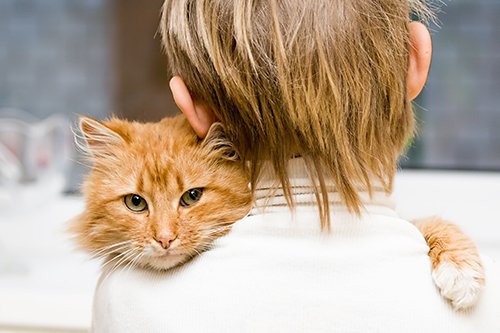What is spinning?
Spinning is a creative journey. The fibre of choice is separated carefully into tiny bunches and overlapped and twisted to form a long line.
The Wheel then takes this line into itself, in a spiral action, and stores it on the bobbin until enough is made to ply it with the matching additional bobbin.
You have the power in your fingers to turn basic fibre into any number of interesting and colourful combinations and effects, like: Core yarn, Boucle yarn, Beehive yarn, Lumpy yarn, blended fibre yarn, double spun yarn, etc.
Is my fibre suitable?
To be comfortable spinnable, any fibre must be at least as long as your thumb, from tip to knuckle, say – 50mm. Any shorter will require Carding, which is a laborious process vital to de-tangling the fibres in preparation for spinning a superior product. Blending may also be necessary.
Fibre 50mm or longer is ideal for direct spinning. It should be tangle free.
Be mindful of skin level tangles and matting.
Fibre should NOT be washed, because that starts a felting process, which cannot be reversed. It is best to have the fibre straight from the animal, just as the fibre hits the floor.
Filmed and produced by Jacinta Scadden
What is a “strong” fibre?
When sheep are away growing their fibre, there could be a circumstance that makes the sheep turn to surviving rather that fibre production. Events such as drought, little water, little food, lambing, etc show up as a weakness in the fibre.
Will My Fibre Be Blended?

How Long Does It Take?
Time to produce the first yarn varies with the fibre used. If the fibre needs carding first, then that adds at least one hour to the overall production time.
Usually, it takes 2.5 hours to fill a bobbin. It takes 2 full bobbins to make a skein. A minimum of 6 hours will produce the first balls of yarn. The number of bobbins will be determined by the quantity of fibre to be spun.
If you have a definite deadline, please make it known when you place your order. Time frames can be altered or adjusted accordingly.
What Can Be Made?
What Is The Costing?
- Carding is $35 per hour.
- Spinning is $65 PER BOBBIN
- Presentation is $180 per kilo, and involves plying, skeining, washing, drying, balling and packaging.
MINIMUM ORDER is $200 and a DEPOSIT is required $100.
How Does Blending Help?
In sheep wool, the cellular structure includes 2 types of cells:


Never be apart from your favourite furry friend again!
Unique Handspun Yarn From An Experienced Spinner in Melbourne’s South East

